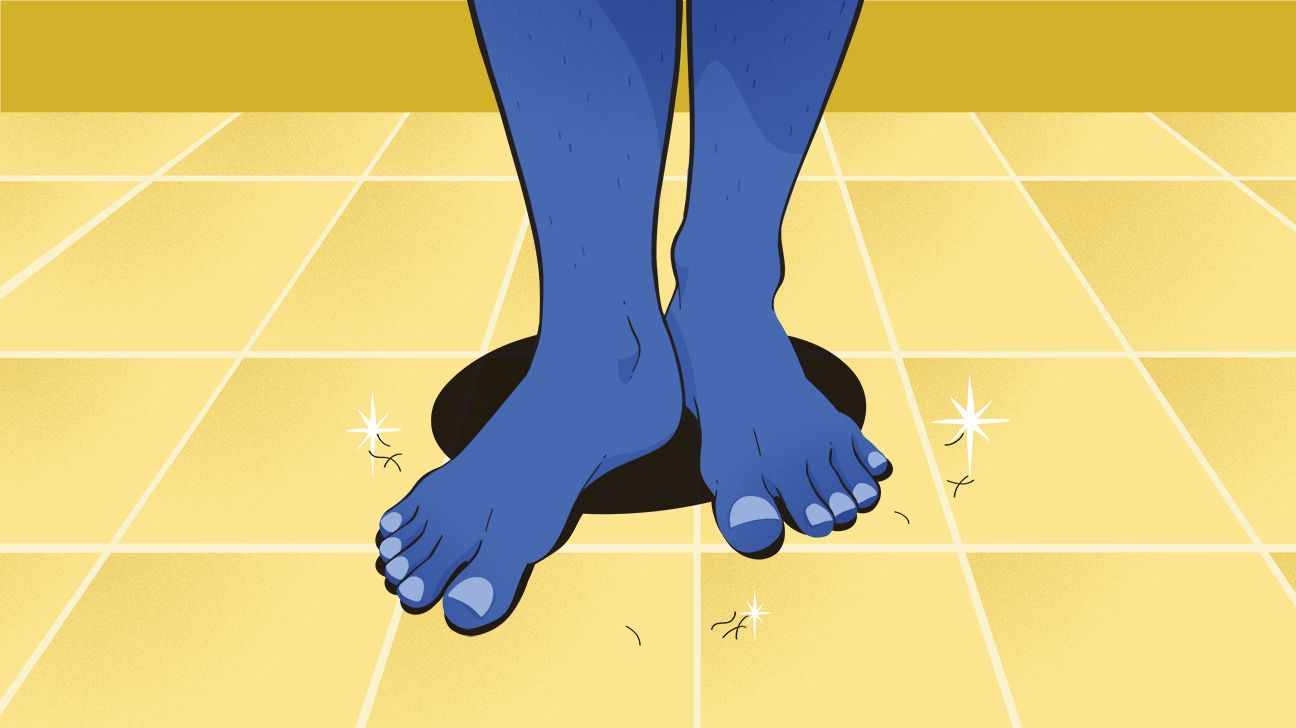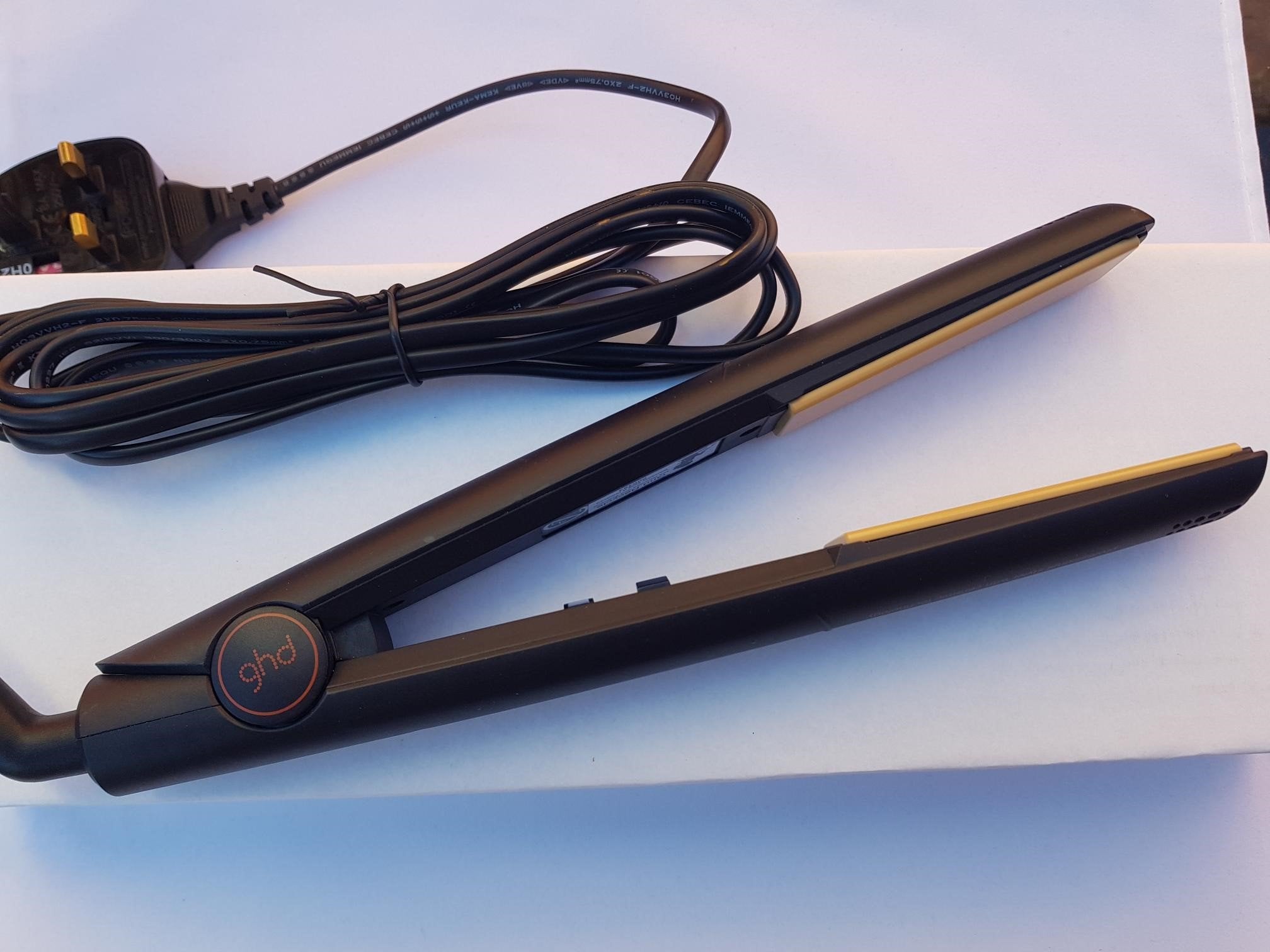Table Of Content

It's also important to note that the color of pubic hair can change over time. Just as the color of the hair on our head can change as we age, so too can the color of our pubic hair. Some people may experience graying of their pubic hair, just as they might with their scalp hair. Pubic hair may help protect your genitalia from infection and friction.
How long does shaving last?
In conclusion, while there are several myths surrounding the color of pubic hair, it is important to distinguish fact from fiction. Waxing is a popular hair removal technique that involves applying hot wax to the pubic area and then pulling the hair out by the roots. Waxing can be painful, but it can also be effective at removing hair for several weeks at a time. From sexual pleasure to childbirth to menstrual flow, the vagina and vulva can play many roles. Each person’s vagina, which is the internal female genitals, and the vulva, which is the external part, are different. The vagina and the external structures of the vulva naturally range in shape, color, and size.
Personal preference
I genuinely have no preference for the body hair of my partners; whatever grooming people like to do for themselves, I’m into. It does bum me out when it's clear that someone feels pressured into a particular body hair situation or is disconnected from their own aesthetic or sensation preferences. Of course, grooming doesn’t exist in a vacuum, and individuals have long made their follicular decisions according to trends. Even the current natural-is-beautiful, pro-body-hair movement is a cultural product (and one that tends to focus on the hair of cis white women, at that).
Marilyn Monroe bleached her hair 'down there,' says hairdresser - New York Post
Marilyn Monroe bleached her hair 'down there,' says hairdresser.
Posted: Fri, 13 Nov 2020 08:00:00 GMT [source]
Is it better to shave or wax?
The chemicals in these creams can be very irritating to the genital area. In addition to good hygiene practices, it is important to be aware of any changes in the pubic area. If you notice any unusual symptoms, such as itching, redness, or discharge, it is important to speak with your healthcare provider. They can help determine the cause of the symptoms and provide appropriate treatment. To care for your pubic hair, it is important to keep the area clean and dry. This can be done by washing with warm water and mild soap, and patting dry with a clean towel.
Is it true that blondes can have blonde pubic hair, or is this just a stereotype?

Melanin, the pigment responsible for hair color, is produced by cells called melanocytes. The two main types of melanin are eumelanin, which produces brown to black hair, and pheomelanin, which produces blonde to red hair. The relative amounts of these two types of melanin in the hair follicles determine the overall color of the hair. If a person has more eumelanin, their hair will be darker, while more pheomelanin will result in lighter hair.
Tanner Pubic Hair Stages
Whether to groom or let it grow is your choice—no one else’s. And there is no reason to apologize about your pubic hair, to your ob-gyn or anyone else. I do not recommend these hair removal products, which dissolve hair at the skin line.
Pubic hair color is determined by genetics, just like the hair on your head. However, the color of pubic hair can vary, even within the same individual. When it comes to pubic hair, there is no one-size-fits-all answer to whether or not blonde people have blonde pubic hair. The color of pubic hair can vary widely, even within individuals. The color of pubic hair can be influenced by a variety of factors, including genetics, hormones, and age.
Trimming is the safest option because it shortens your pubic hair without cutting close to the skin, which can lead to injury or infection. You can use scissors or a trimming tool marketed for use on pubic hair, or even tools made for trimming beards. Because of the low risk of infection, trimming is the way to go if you have a weakened immune system due to diabetes, chemotherapy, or another medical reason. And yet, people can be very emotional about the state of their hair “down there.” These feelings are deeply rooted in societal expectations and myths about pubic hair, especially for women. Good hygiene practices, such as keeping the area clean and dry, can help prevent infections and conditions. If you notice any unusual symptoms, it is important to speak with your healthcare provider.
Folliculitis is an inflammation of the hair follicles, which can be caused by bacteria, fungi, or viruses. Variations in the MC1R gene can cause differences in hair color, including blonde hair. People with two copies of the recessive MC1R gene variant are more likely to have red or blonde hair. This intriguing question delves into the complexity of human biology and personal grooming practices. While one might assume that hair color is consistent across the body, the reality is much more nuanced. Like many people, I ask myself continuously about some of life’s biggest mysteries.
The color of our pubic hair is determined by the amount of a pigment called melanin that is present in the hair follicles. Factors such as genetics, hormonal changes, and age can all influence the amount of melanin in our pubic hair, which can result in different colors. It is important to note that the color of pubic hair can change naturally over time due to factors such as age and hormonal changes. Some individuals may experience graying or loss of pubic hair color as they age, just as they do on their head.
Some people believe that removing their pubic hair increases genital sensation during sex. Indeed, studies suggest that there’s a link between pubic hair removal and self-reported sexual functioning. But before you get wrapped up in choosing a color, it is important to proceed with caution. As the genital area can be sensitive to chemicals in dye, it's best to seek a licensed and experienced professional who can safely color your pubic hair.
“I’m so sorry, I haven’t shaved in a while,” a patient might say as we begin their pelvic exam. But now this is turning into a different type of story altogether. The vagina naturally contains bacteria and yeasts that can cause odors. The amount of blood that a person loses can vary from period to period. Some people tend to only have mild spotting, while others have heavy bleeding. Changes in vaginal discharge can indicate an infection that needs medical attention.
It’s an obvious physical sign of sexual maturity — and consequently, one’s ability to reproduce. In addition, hair follicles produce sebum, an oil which actually prevents bacteria from reproducing. Some sources even refer to pubic hair as a “dry lubricant.” That’s because it’s easier to rub hair against hair than it is to rub skin against skin.
For instance, people who remove their pubic hair are more likely to be young, so it would make sense that they also report increased sexual functioning. Another theory links pubic hair to the transmission of pheromones, or scent-carrying chemical secretions that affect mood and behavior. We still don’t know exactly how pheromones influence sexuality.
Hormonal fluctuations, such as those that occur during puberty or menopause, can alter the properties of pubic hair. Additionally, certain medical conditions, medications, or lifestyle factors can also impact the texture and thickness of pubic hair. When it comes to pubic hair, there are many factors that can influence its texture and thickness.
Removing your pubic hair comes with the risk of getting cuts or ingrown hairs. You might also develop hyperpigmentation and inflammation of the hair follicles. Yes, pubic hair color can change over the course of your life. Just like the hair on your head, pubic hair can darken or lighten with age.












